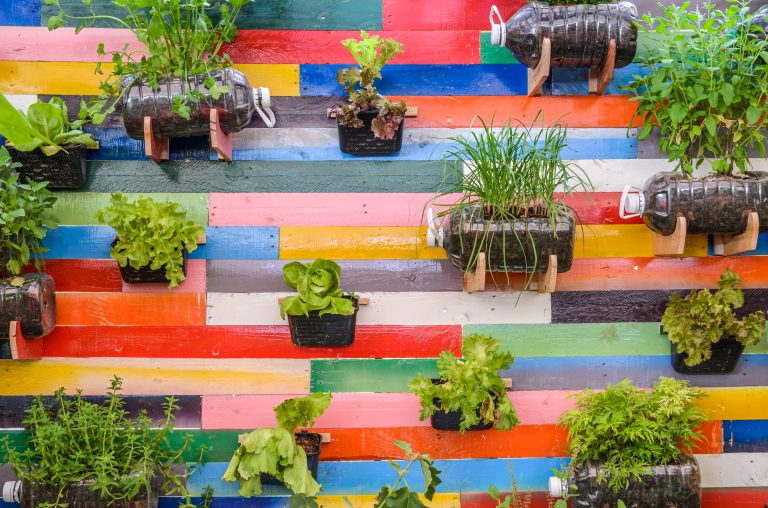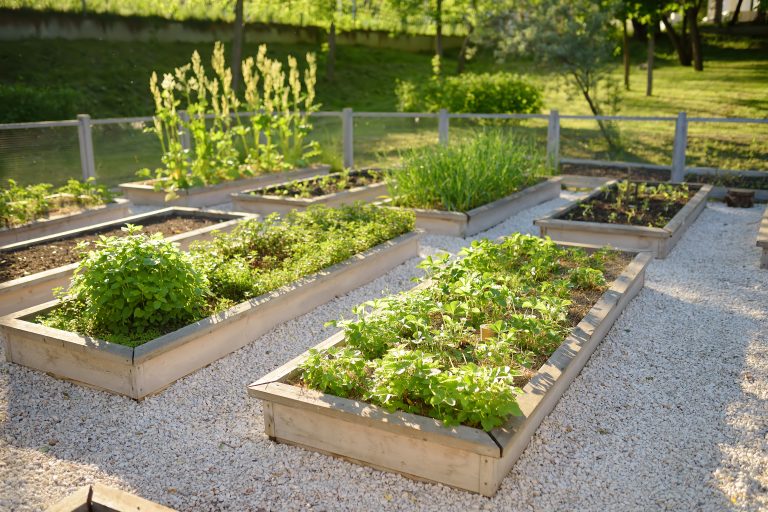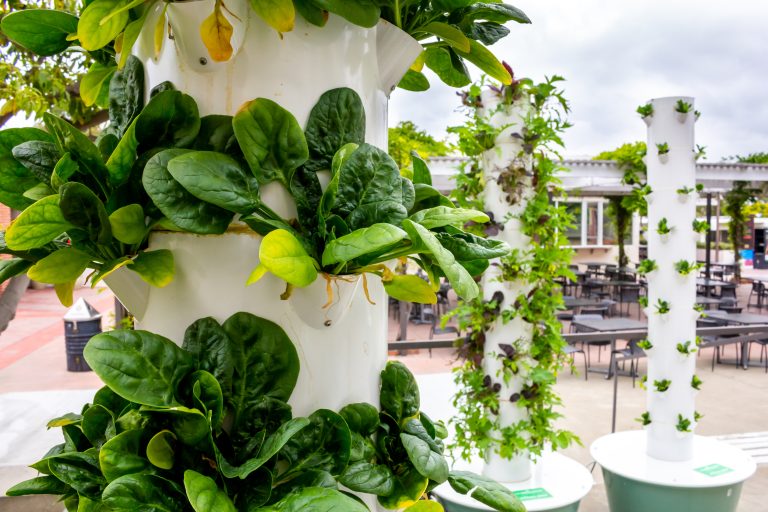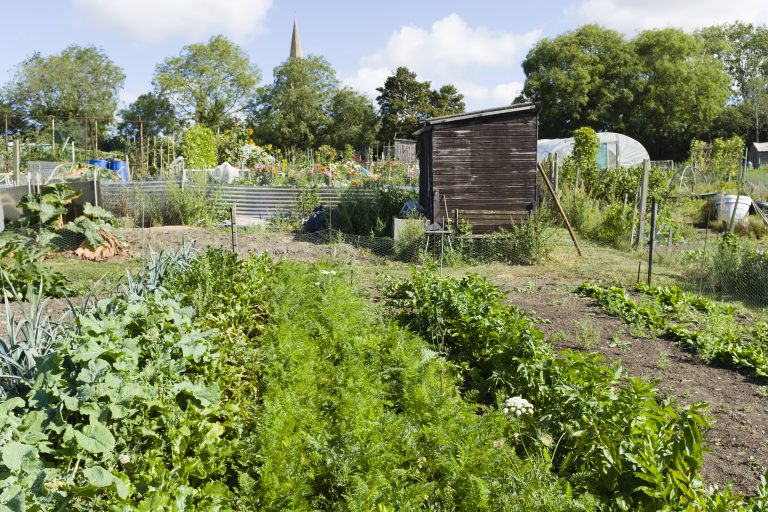5 Vertical Gardens Cons You Should Know
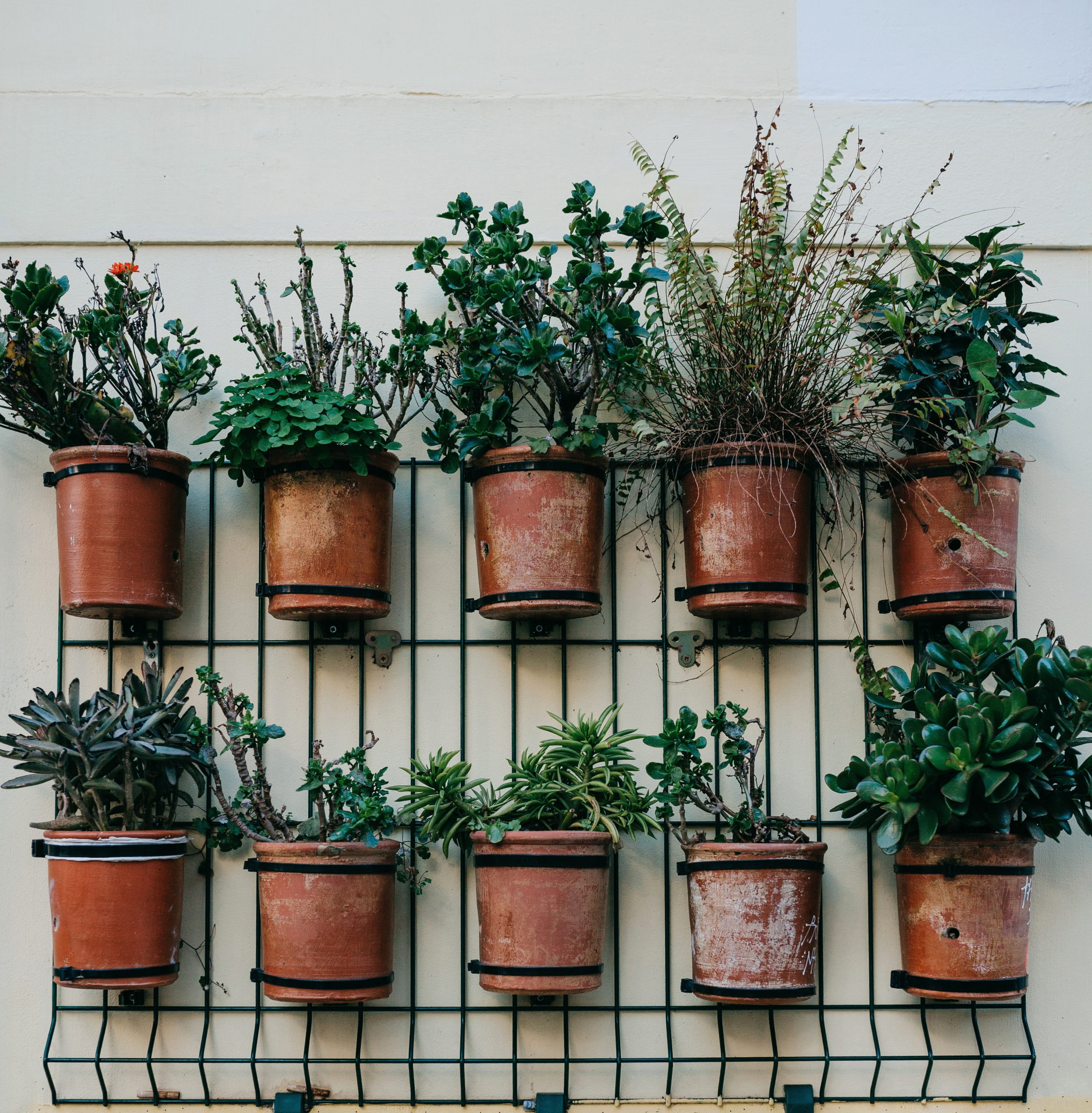
Vertical gardens are a stunning solution for garden lovers in a concrete jungle, but they come with their own set of challenges. Before you start your lush living wall, let’s climb through the potential pitfalls you need to be aware of.
Vertical gardens, or living walls, have taken urban gardening to new heights—literally. They’re space-savers, air purifiers, and a slice of nature in the city.
Picture this: a cascade of greenery tumbling down your wall, bringing a breath of fresh air to the urban landscape. But before you get lost in this leafy reverie, it’s crucial to understand that this innovative form of gardening isn’t all sunshine and roses.
1. Installation Challenges
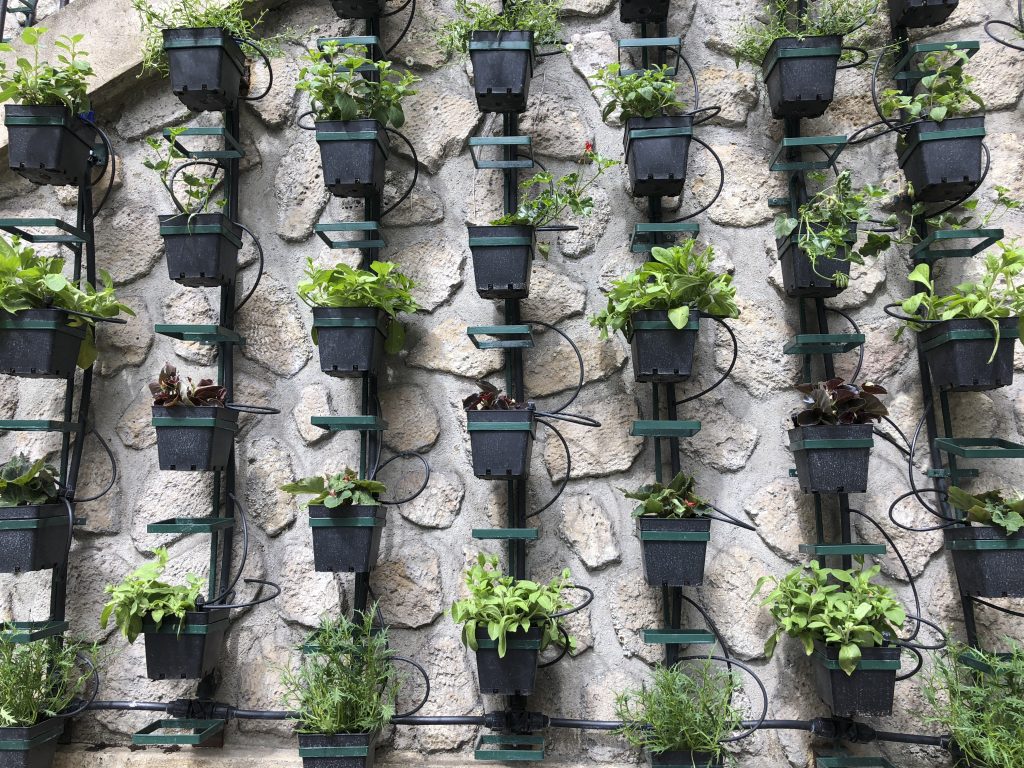
Installing a vertical garden isn’t a walk in the park. It’s more like a hike up a steep, rocky hill (without the view). You’ll need the right structure to support the weight of plants, soil, and water—think of it as a ‘wall diet’ to ensure it doesn’t come crashing down.
Hey hey! Don’t forget to subscribe to get our best content 🙂
Plus, you’ve got to consider sun exposure and wind. Without proper planning, your green wall might just turn into a wall of woes.
2. Higher Maintenance Needs
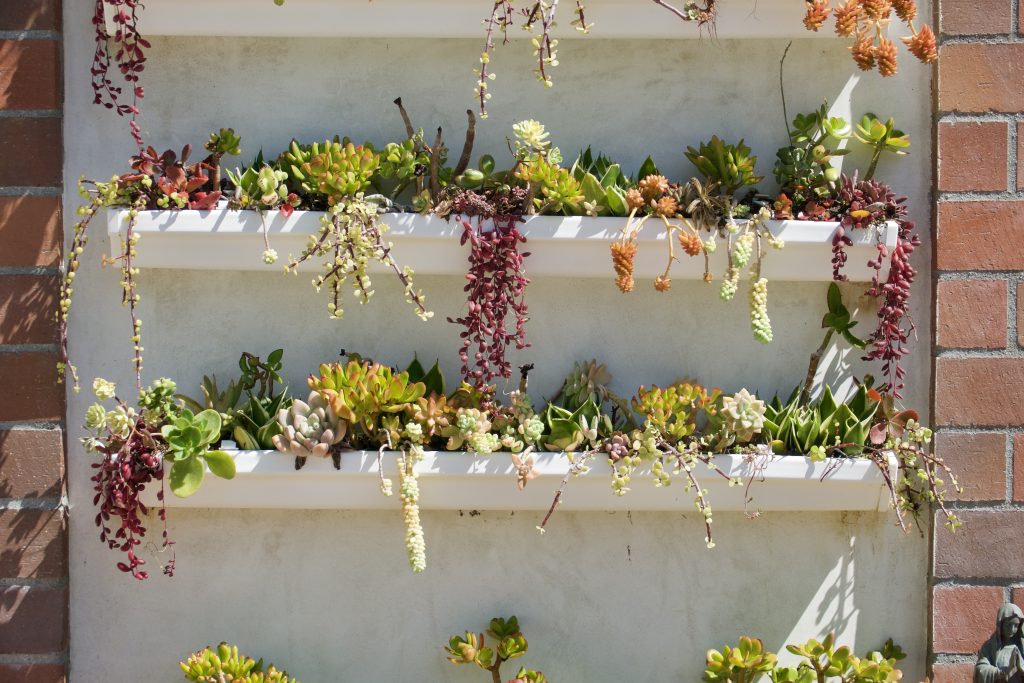
If you thought your houseplants were needy, wait until you meet a vertical garden. It’s a whole new level of commitment. You’ll spend more time pruning, feeding, and fussing over your vertical buddies than you would with traditional gardening.
And, if you ignore them (even just for a bit), they’ll let you know—they’re not the silent types when it comes to neglect.
3. Watering System Woes
Watering vertical gardens is like trying to evenly distribute a bag of popcorn at the movies—some spots get too much, others not enough. You’ll need a precise irrigation system to keep your plants hydrated but not drowned.
And if technology isn’t your strong suit, setting up and maintaining these systems can feel like you’re trying to decode an alien message.
4. Limited Plant Options
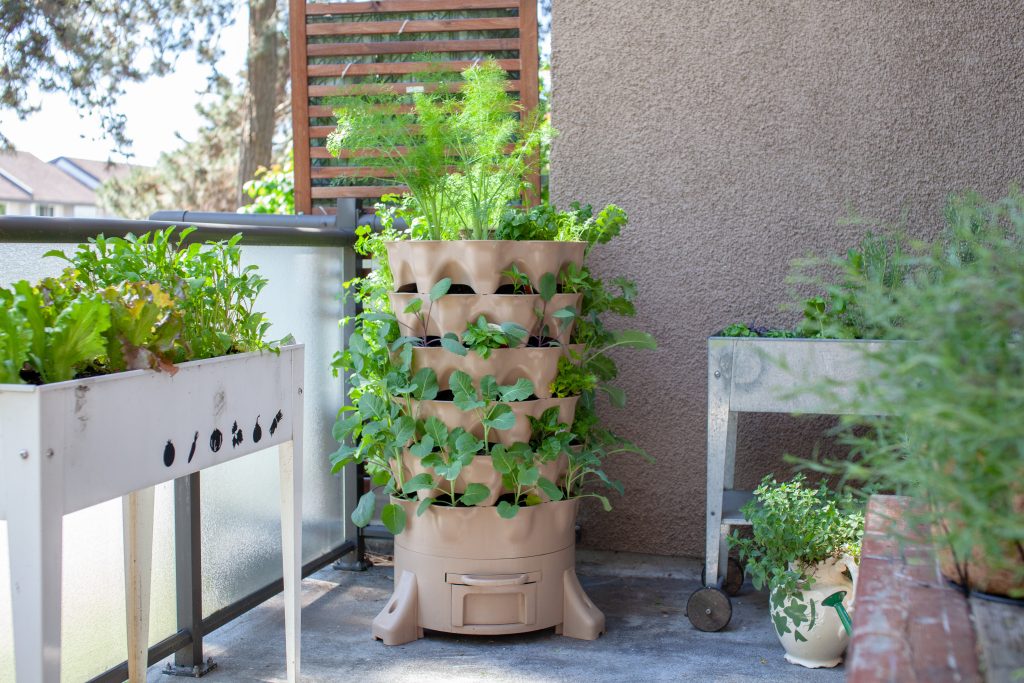
Not all plants are cut out for vertical life. Some get vertigo. Jokes aside, your options are a bit limited. You’ll have to choose plants that thrive with less soil and can handle being sideways. It’s like casting for a plant-based version of “Mission: Impossible”—only the toughest cut.
5. Potential Structural Issues
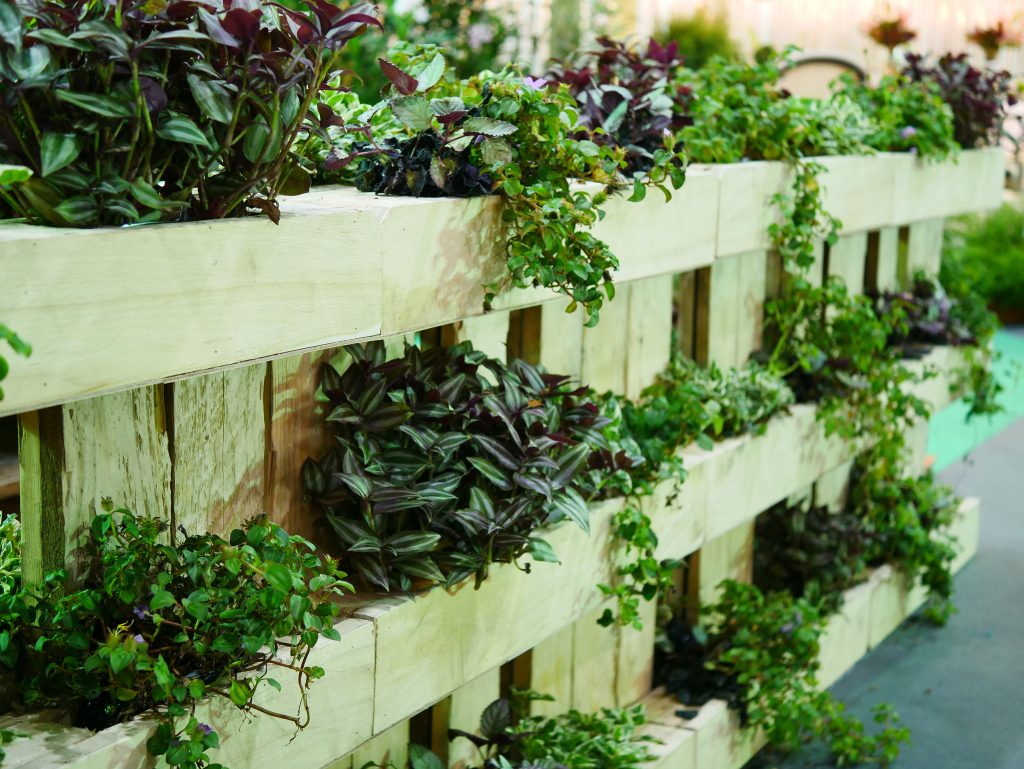
Think of your wall as the foundation of a house—if it’s not strong, things get shaky. Vertical gardens add weight and require strong anchors. If not done correctly, you could face water damage, mold, or even structural compromise. It’s enough to give any gardener a bit of a headache (or a full-blown migraine).
Overcoming Vertical Garden Drawbacks
Every cloud has a silver lining, and every vertical garden con has a solution. Proper planning, choosing the right plants, and maintenance can turn your vertical dream into a reality. It’s like putting together a puzzle—frustrating at times, but oh-so-satisfying when everything fits just right.
Cost-Benefit Analysis of Vertical Gardening
Vertical gardens can be a bit of a ‘Goldilocks’ scenario—not too cheap, not too expensive, but just right… if you do it wisely. The initial setup can be costly, but the long-term benefits of a green space in an urban environment can be priceless. It’s about weighing the aesthetic, environmental, and psychological benefits against the time and money you’ll invest.
In the video, John Innes Centre explains-
John Innes Centre
- Indoor Growth Method: Vertical farms focus on growing food indoors using hydroponic or aeroponic units rather than traditional outdoor fields.
- Diverse Crop Range: They allow for a wider range of crops to be grown, particularly beneficial in a changing climate where traditional farming may face challenges.
- Resource Efficiency: Vertical farms aim to reduce the use of water and fertilizers through controlled and recycled supply systems for plants.
- Nutrient Recycling: Excess water and nutrients in vertical farms can be recycled and reused, promoting sustainability and minimizing waste.
- Energy Consumption: The farms require substantial energy to control temperature and light, posing a challenge to their overall sustainability.
- Environmental Protection: While vertical farms protect plants from external environmental factors, they lack the natural benefits of sunlight and rain available to field-grown plants.
- Diverse Locations: Vertical farms are currently implemented in various locations such as supermarkets, disused buildings, and old bomb shelters, providing local access to fresh produce.
- Limitations in Crop Variety: Commercially, it’s not yet feasible to grow all types of plants in vertical farms, and the focus is primarily on high-value or specialist crops.
- Ongoing Technological Challenges: The sustainability of vertical farms raises questions about the balance between water and land savings versus the energy costs associated with running the system.
- Future Potential: Despite challenges, vertical farms seem likely to persist, prompting questions about their ability to adapt to renewable energy sources and their potential to produce a broader range of foods, biopharmaceuticals, or industrial products.
Alternative Solutions to Common Cons
If the cons of vertical gardening are making you second-guess, don’t throw in the trowel just yet. You might consider smaller installations or using lightweight materials. Or, opt for a more traditional potted plant display on shelving—less drama, but still a touch of greenery for your space.
Final Thoughts on Vertical Gardening
Vertical gardens are a bit like adopting a pet—they require attention, care, and a bit of patience. But the rewards can be immense, transforming a bland wall into a vibrant tapestry of life. With the right approach and a bit of know-how, you can create an urban oasis that defies gravity and expectations.
While vertical gardens may have their share of cons, they’re not insurmountable. With the right approach and a dash of creativity, even the steepest of green walls can be scaled successfully.


